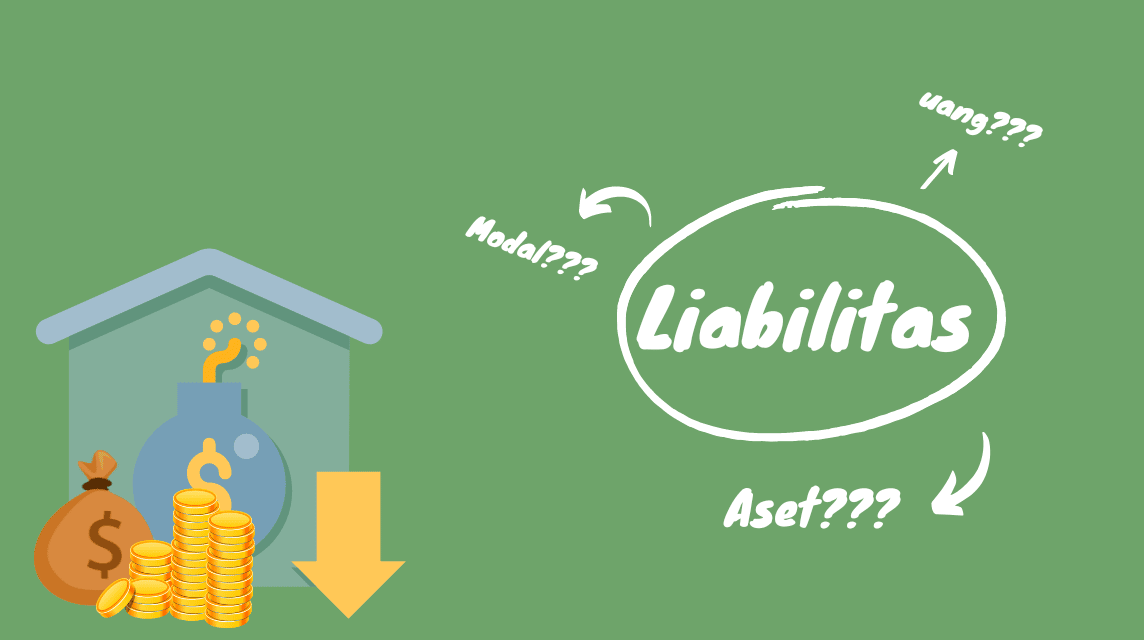For owners of financial assets such as crypto or people who own companies, liability is a word that sounds familiar.
The word liability is a common vocabulary for people who are familiar and professional in the financial field and it is considered an obligation.
So what is liability? This time, VCGamers will discuss what liability is that Vicigers must know!
Also Read: LATEST! These are 383 Legal Crypto Assets in Indonesia
Liability Is: Definition and Types
Definition of Liability

Liability according Investopedia is a word that refers to something that must be paid by a person or company that is debt in nature.
The company or a person must (obligate) settle the liability.
In the world of accounting, financial liabilities are obligations but are determined more by previous business transactions.
For example, there is an event such as a sale, exchange of assets or services, or anything that will provide economic benefit (economic value) at a later date.
The form of this liability is actually different. Usually, the form of the liability itself is money. However, it can also be in the form of goods or services.
Often, liabilities are considered to be the same thing as assets. However, both have different functions.
There is a certain relationship which is a correlation between assets, liabilities and equity (capital), namely: Assets: Liabilities (debt) + Equity (capital)
Assets are all things owned by the company including equity and liabilities.
Those of you who invest in crypto are sure to ask, is crypto a liability or an asset?
Crypto itself is included in the category of stocks or assets. But for developers and supply companies Cryptocurrencies, its nature is a liability that must be paid to investors.
Also Read: What the Rug Pull Scam Is: Definition, Types, and Signs
Type of Liability
Liabilities are divided into 2 types, namely: short-term liabilities (currently) and long-term liabilities. Both are divided based on the time of payment.
Short-term liabilities is a debt that must be paid in the near future or a maximum period of one year.
Long term liabilities is debt that must be paid with a longer term or more than one year.
Short Term Liabilities (Current Liability)

Some examples of short-term liabilities include payroll expenses and payables, which include money owed to vendors, monthly utilities, and similar expenses. The several types of short-term liabilities are:
- Wages Payable (Wages Payable). Wages Payable is jthe total amount of accrued income that employees have earned but not yet received. A maximum of 2 weeks must be paid
- Interest Payable (Interest Payable): Debt in the form of interest on short-term credit purchases that must be paid. Maximum 1 year paid
- Dividends Payable (Dividend Payment): Profit from investor capital for companies that have issued shares where the company is obliged to pay dividends.
- Unearned Revenues (Unearned Revenue): Company liabilities in the form of delivery of goods and/or services in the future after being paid in advance. This amount will be reduced in the future by a balancing entry once the product or service has been delivered.
- Liabilities of Discontinued Operations (Discontinued Operating Liabilities): Companies are required to account for the financial impact of operations, divisions, entities that are currently held for sale, recently sold, or company closed.
Also Read: Crypto Scalping Is A Short Trade, Here's The Explanation!
Long Term Liability (Non Current Liability)

Long-term debt, also known as bonds payable, is usually the largest liability and is at the top of the list.
Companies of all sizes finance part of their long-term operations, resulting in liabilities that have large amounts and distant maturity dates.
Bonds and loans aren't the only long-term liabilities that companies incur. Items such as rent, deferred taxes, payroll, and retirement obligations may also be listed under long-term liabilities.
The following are examples of long-term liabilities borne by the company:
- Warranty Liability (Warranty Liability): The estimated amount of time and money that could be spent repairing the product under the warranty agreement. This is a common liability in the auto industry, as most cars carry long term warranties which can be expensive.
- Contingent Liability Evaluation (Contingent Liability Evaluation): Contingent liabilities are obligations that may be incurred depending on the outcome of an uncertain future event.
- Deferred Credits (Deferred Credit): Includes customer advances, deferred revenue, or transactions where credit is payable but has not yet been recognized as revenue. Once earnings are no longer deferred, these items are reduced by the amount earned and become part of the company's revenue stream.
- Post-Employment Benefits (Post-Employment Benefits): The company's liability to pay for benefits received by employees or family members upon retirement.
- Unamortized Investment Tax Credits (Unamortized Investment Tax Credit (UITC)): A tax on the net amount between the historical cost of an asset and the depreciated amount.










